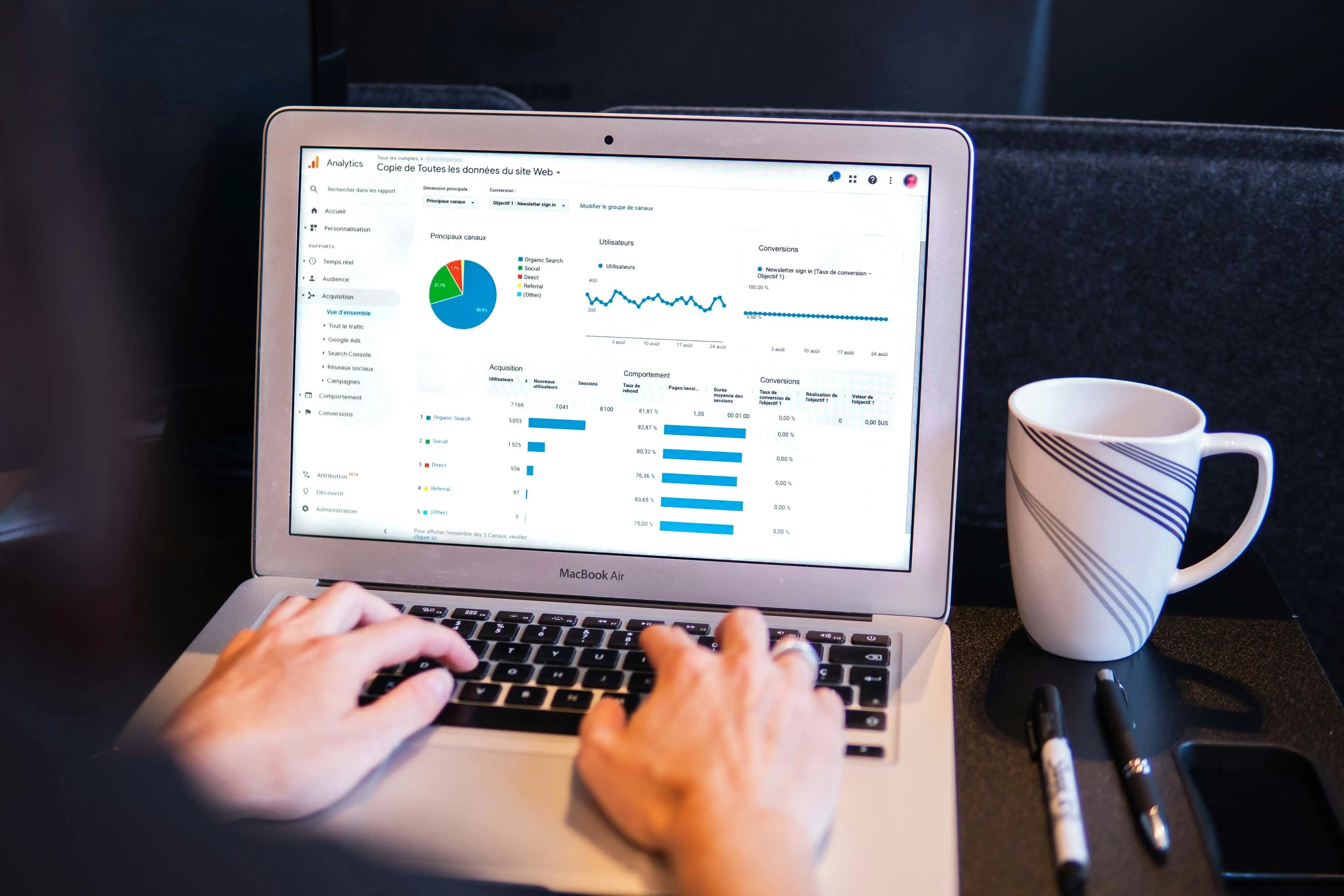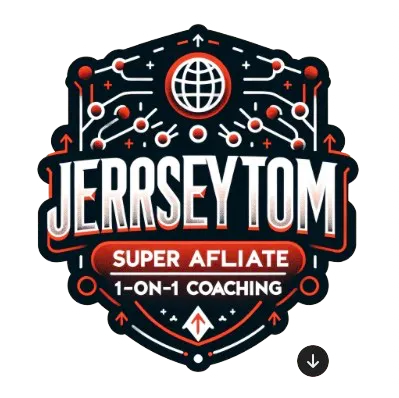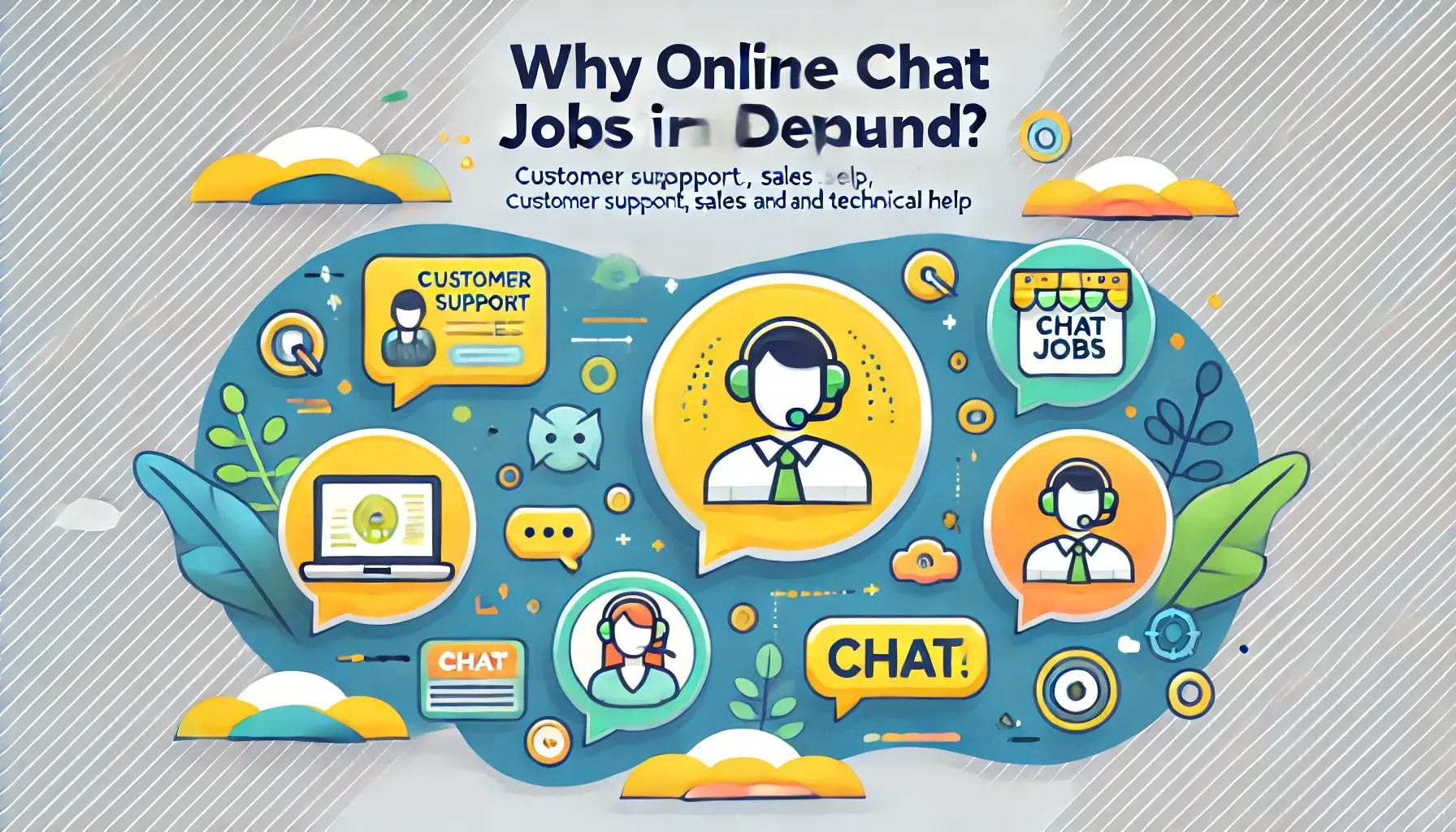The Ultimate Guide for Massive Conversions: Learn To Laser Targeting Your Ads:

In the ever-evolving landscape of online advertising, laser-targeting your ads has become paramount for businesses aiming to maximize conversions and ROI.
<iframe class="custom-embed-iframe" id="blot-custom-id---pXY5rZRRn" srcdoc="
<script async src="https://www.googletagmanager.com/gtag/js?id=G-0D5LX0FG72"></script>
<script>
window.dataLayer = window.dataLayer || [];
function gtag(){dataLayer.push(arguments);}
gtag('js', new Date());
gtag('config', 'G-0D5LX0FG72');
</script>" allowfullscreen="true" frameborder="0" width="100%" style="height: 237px;">
With the deluge of content bombarding consumers daily, precision targeting is the key to cutting through the noise and reaching your desired audience effectively.
In this comprehensive guide, we delve deep into the strategies and techniques necessary to laser-target your ads for massive conversions.
Before Launching Your Ad Campaign
Before launching any ad campaign, it's crucial to have a clear understanding of your target audience. Comprehensive market research is essential for identifying demographics, interests, pain points, and behavior patterns of your potential customers.
Utilize analytics tools and customer insights to gather data and create detailed buyer personas.
Understanding Your Audience
Understanding your audience is the cornerstone of any successful advertising campaign. It involves delving deep into the psyche of your potential customers to grasp their needs, desires, and pain points. Here's how to effectively understand your audience:

Conduct Comprehensive Market Research
Begin by conducting thorough market research to gather insights into your target demographic. Utilize both primary and secondary research methods to collect data on demographics, psychographics, and behavioral patterns. Surveys, interviews, focus groups, and online research are valuable tools for gathering this information.
Developing Detailed Buyer Personas
Developing detailed buyer personas is a critical step in understanding your audience and creating targeted advertising campaigns. Buyer personas are fictional representations of your ideal customers, based on research and data analysis. Here's a comprehensive guide on how to develop detailed buyer personas:
1. Gather Data:
Start by collecting data on your existing customers as well as potential prospects. Utilize various sources such as:
- Customer Surveys: Conduct surveys to gather information directly from your audience. Ask questions about demographics, interests, challenges, and preferences.
- Website Analytics: Analyze data from your website, including traffic sources, behavior flow, and conversion rates. Look for patterns in demographics and user behavior.
- Social Media Insights: Monitor social media platforms to understand how your audience engages with your brand. Pay attention to demographics, interests, and engagement metrics.
- Customer Feedback: Gather feedback from customer interactions, reviews, and support inquiries. Look for common pain points, motivations, and needs.
2. Segment Your Audience:
Once you've collected data, segment your audience into distinct groups based on shared characteristics. Consider factors such as:
- Demographics: Age, gender, location, income, occupation, education level, etc.
- Psychographics: Interests, hobbies, values, lifestyle, personality traits, etc.
- Behavioral Patterns: Buying behavior, online activity, content consumption habits, etc.
3. Identify Common Traits:
Analyze the data to identify common traits and patterns among each audience segment. Look for trends, similarities, and recurring themes that can help you understand their needs and preferences.
4. Create Persona Profiles:
Based on your segmentation and analysis, create detailed persona profiles for each audience segment. Each persona should include:
- Name and Photo: Give your persona a name and use a stock photo to visualize them.
- Demographic Details: Include details such as age, gender, location, occupation, etc.
- Background and Bio: Provide a brief backstory and description of their lifestyle, values, and goals.
- Goals and Challenges Outline their primary goals and objectives, as well as the challenges they face in achieving them.
- Pain Points and Motivations Identify their pain points, frustrations, fears, and motivations that drive their behavior.
- Preferred Channels and Content: Determine where they spend their time online and the type of content they prefer consuming.
- Buying Behavior: Understand their purchasing habits, decision-making process, and factors that influence their buying decisions.

Example of Buyer's Persona Affiliate Marketing
5. Validate and Refine:
Validate your personas by comparing them against real-world data and feedback. Solicit input from your team members, sales representatives, and customer service agents to ensure accuracy. Refine your personas based on new insights and feedback to continuously improve their effectiveness.
6. Use Persona-Centric Marketing:
Once you have finalized your buyer personas, use them to inform your marketing and advertising strategies. Tailor your messaging, content, and offers to address the specific need and preferences of each persona. Personalize your ads and campaigns to resonate with your target audience on a deeper level.
By developing detailed buyer personas, you can gain invaluable insights into your audience and create more targeted and effective advertising campaigns.
Analyze Customer Insights
Leverage customer insights from past interactions and transactions to gain a deeper understanding of your audience. Analyze data from your website, social media channels, email marketing campaigns, and customer feedback to identify patterns and trends. Look for common pain points, preferences, and purchasing behavior that can inform your advertising strategy.

Utilize Analytics Tools
Make use of analytics tools such as Google Analytics, Facebook Insights, and CRM platforms to gather actionable data on your audience. These tools provide valuable metrics like website traffic, engagement rates, conversion rates, and customer demographics. Use this data to refine your targeting strategy and tailor your ads to resonate with your audience.

Monitor Social Media Conversations
Social media platforms are goldmines of customer insights. Monitor conversations, comments, and mentions related to your brand, products, and industry to gauge sentiment and gather feedback. Identify trends, common questions, and pain points expressed by your audience, and incorporate this knowledge into your advertising messaging.
Stay Updated on Industry Trends
Keep abreast of industry trends, market dynamics, and competitor activities to stay ahead of the curve. Subscribe to industry publications, attend conferences, and participate in online forums to stay informed. Understanding the broader landscape in which your audience operates will help you anticipate their needs and preferences.
By thoroughly understanding your audience, you can tailor your advertising efforts to speak directly to their needs and desires. This deep understanding will enable you to craft highly targeted ads that resonate with your audience and drive significant conversions.
Harnessing the Power of Data
Data is the lifeblood of laser-targeted advertising. Leverage advanced analytics and tracking mechanisms to gather valuable insights into user behavior and preferences. Platforms like Google Analytics and Facebook Pixel provide invaluable data points that can be utilized to refine your targeting strategy further.
Segmentation and Personalization
Gone are the days of one-size-fits-all advertising. Today's consumers expect personalized experiences tailored to their specific needs and preferences. Utilize segmentation techniques to divide your audience into distinct groups based on demographics, interests, or purchase history. Craft personalized ad creatives and messaging that resonate with each segment, driving higher engagement and conversions.
Utilizing Advanced Targeting Options
Platforms like Facebook Ads and Google Ads offer a plethora of advanced targeting options that enable advertisers to reach highly specific audience segments. From geo-targeting to behavioral targeting and remarketing , these tools allow you to pinpoint your ads with surgical precision, ensuring they reach the right people at the right time.
Dynamic Ad Content
Dynamic ad content allows you to deliver personalized messaging tailored to each user's unique preferences and browsing history. By dynamically generating ad creatives and copy based on user data, you can create highly relevant and compelling ads that drive conversions.
A/B Testing and Optimization
Continuous A/B testing and optimization are essential for fine-tuning your targeting strategy and maximizing results. Experiment with different audience segments ad creatives, and messaging to identify what resonates best with your audience. Utilize split-testing tools to measure performance accurately and make data-driven decisions.
Retargeting Strategies
Retargeting, also known as remarketing , allows you to re-engage users who have previously interacted with your brand but haven't converted. Implement dynamic retargeting campaigns to show personalized ads to users based on their past interactions, increasing the likelihood of conversion.
Leveraging Lookalike Audiences
Lookalike audiences enable you to expand your reach by targeting users who share similar characteristics to your existing customer base. Utilize customer data and machine learning algorithms to create lookalike audiences that are highly likely to convert, effectively scaling your advertising efforts.
Optimizing Landing Pages
An often-overlooked aspect of laser-targeted advertising is the optimization of landing pages. Ensure your landing pages are highly relevant to the ad content and provide a seamless user experience . Utilize clear call-to-actions and compelling visuals to guide users towards conversion.
Monitoring and Analysis
Effective laser-targeted advertising requires continuous monitoring and analysis of campaign performance. Utilize real-time analytics to track key metrics such as click-through rates, conversion rates, and return on ad spend (ROAS). Identify areas for improvement and adjust your targeting strategy accordingly to maximize results.
In conclusion, laser-targeting your ads is essential for achieving massive conversions in today's competitive digital landscape. By understanding your audience, harnessing the power of data, and utilizing advanced targeting options, you can create highly personalized ad experiences that resonate with your target audience and drive significant ROI.
We hope that you enjoyed this post and to access the The Ultimate Guide for Massive Conversions. Sign Up To Our Newsletter here.



